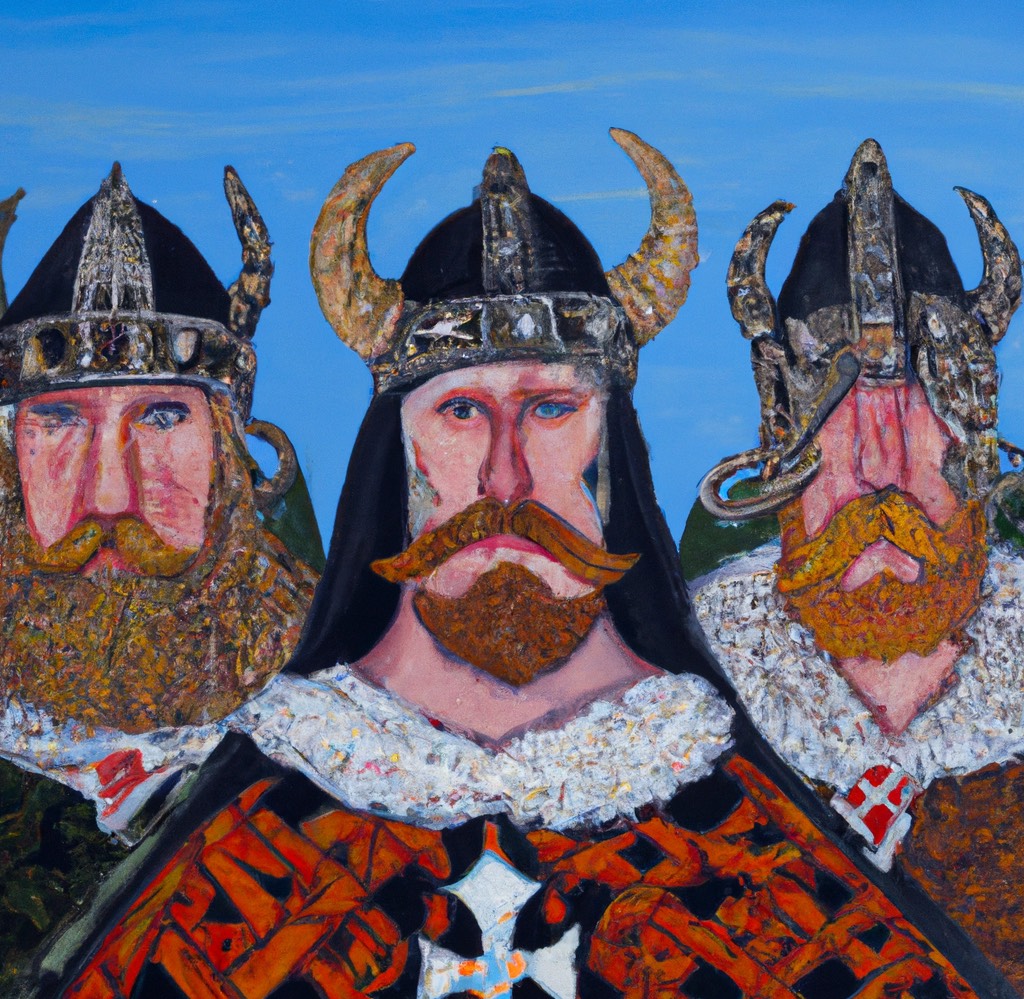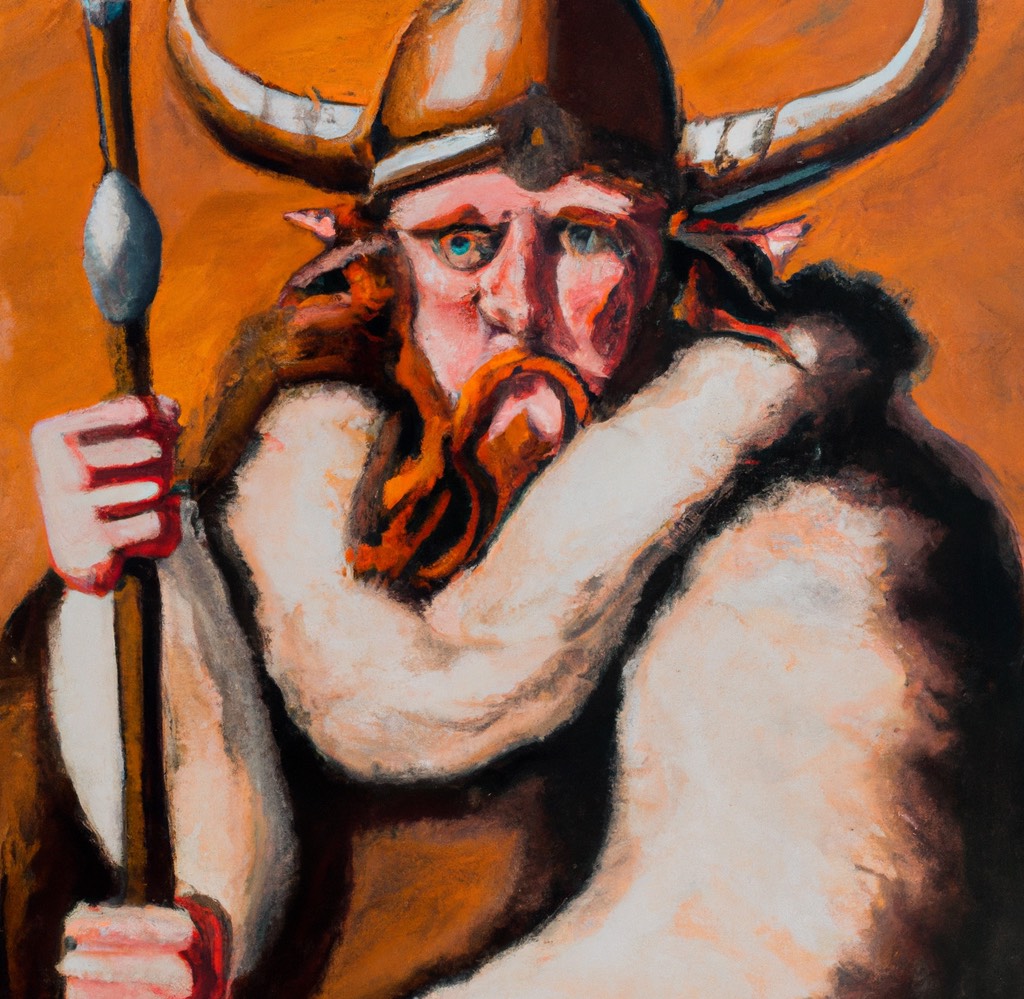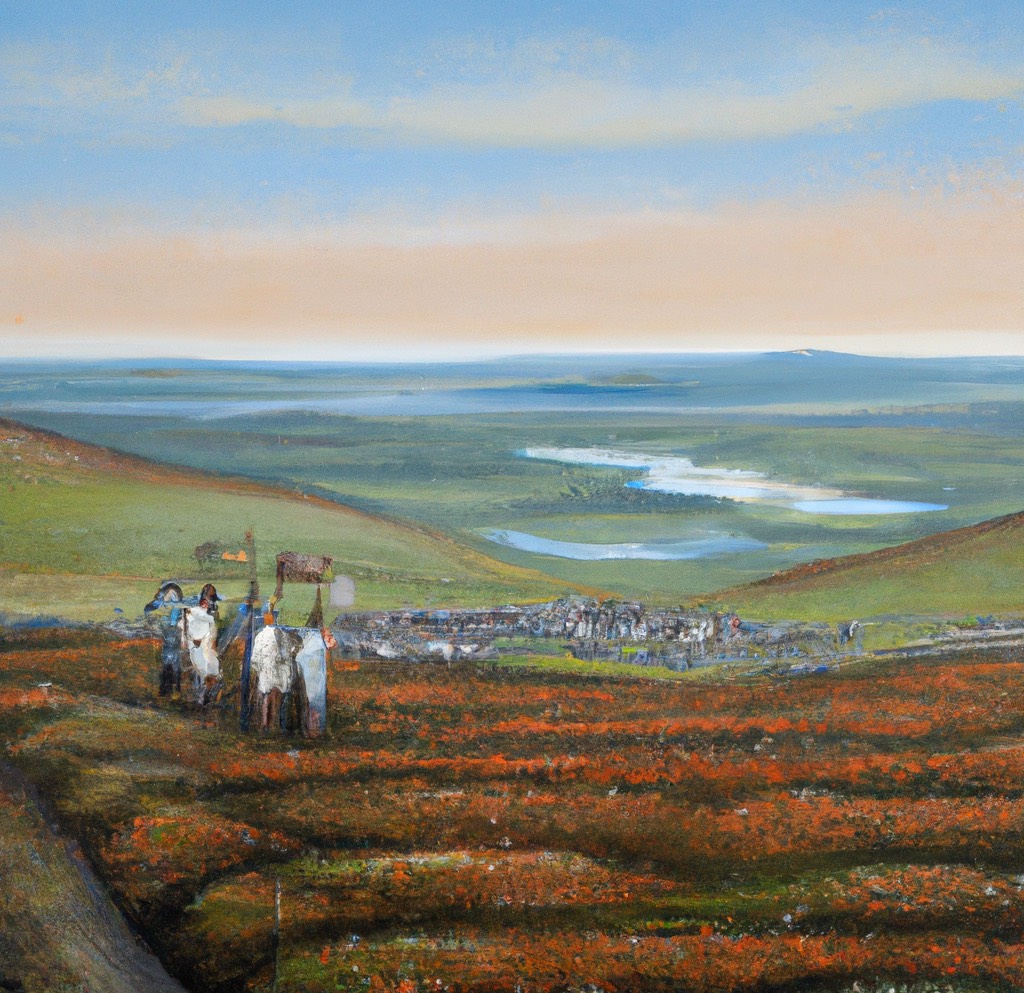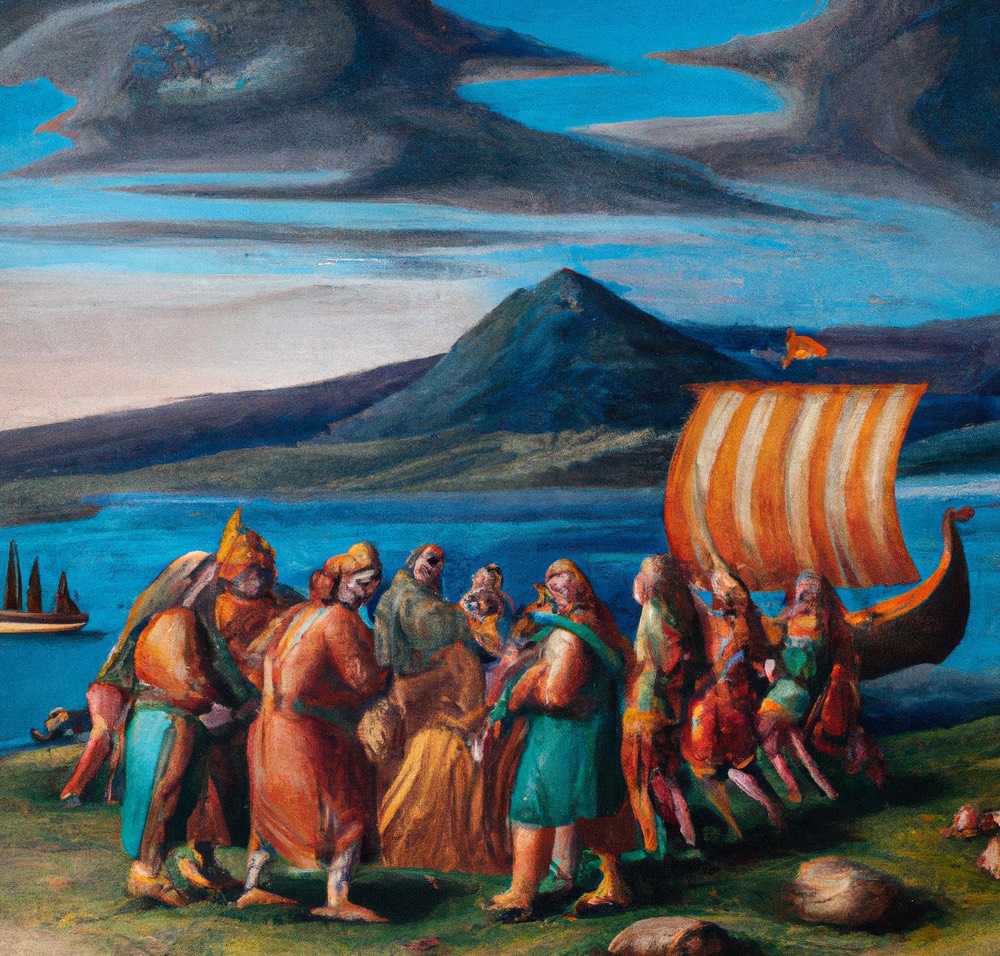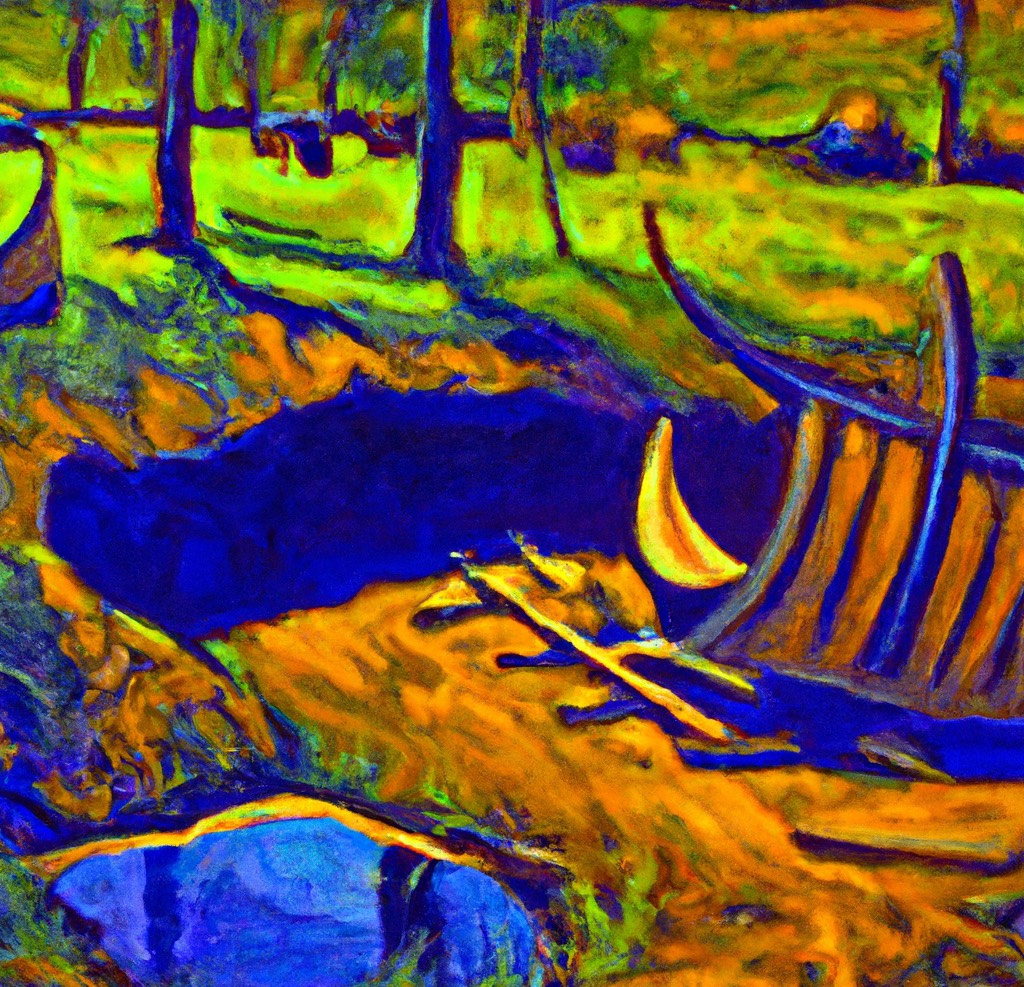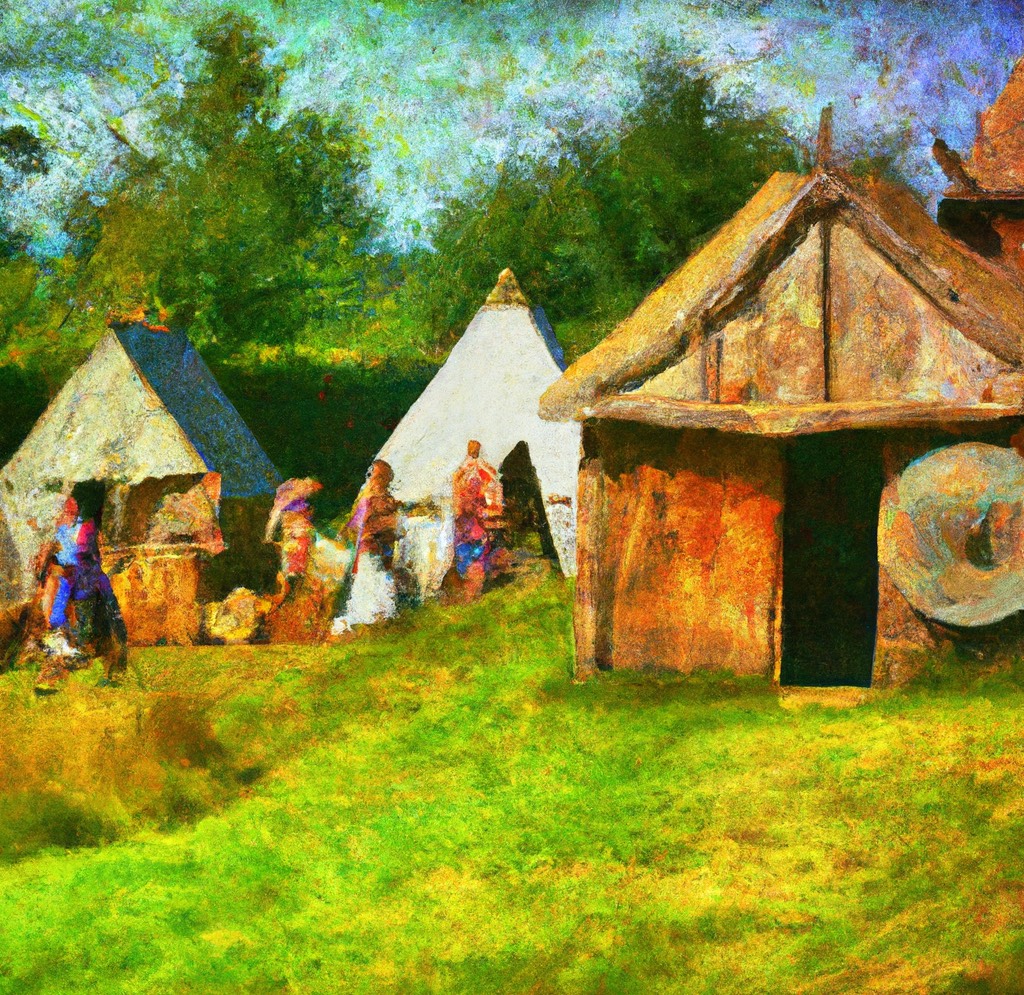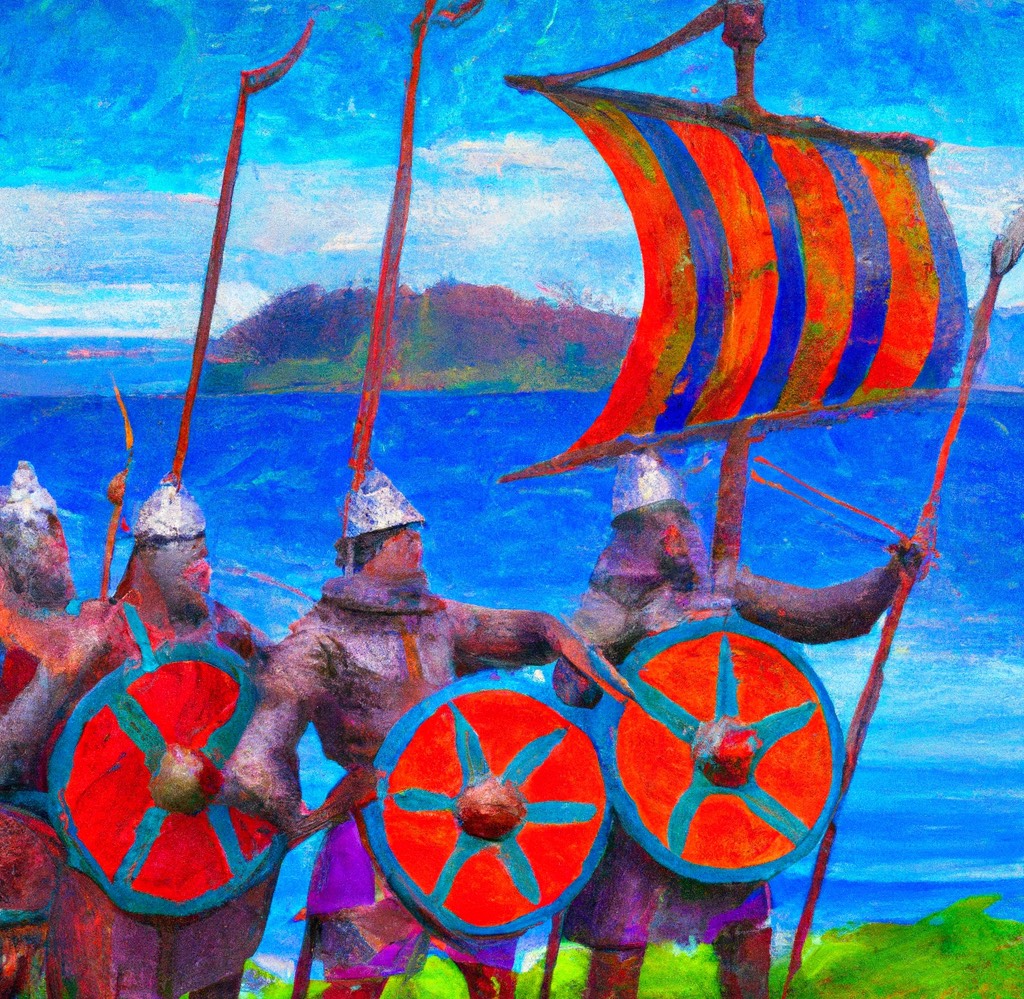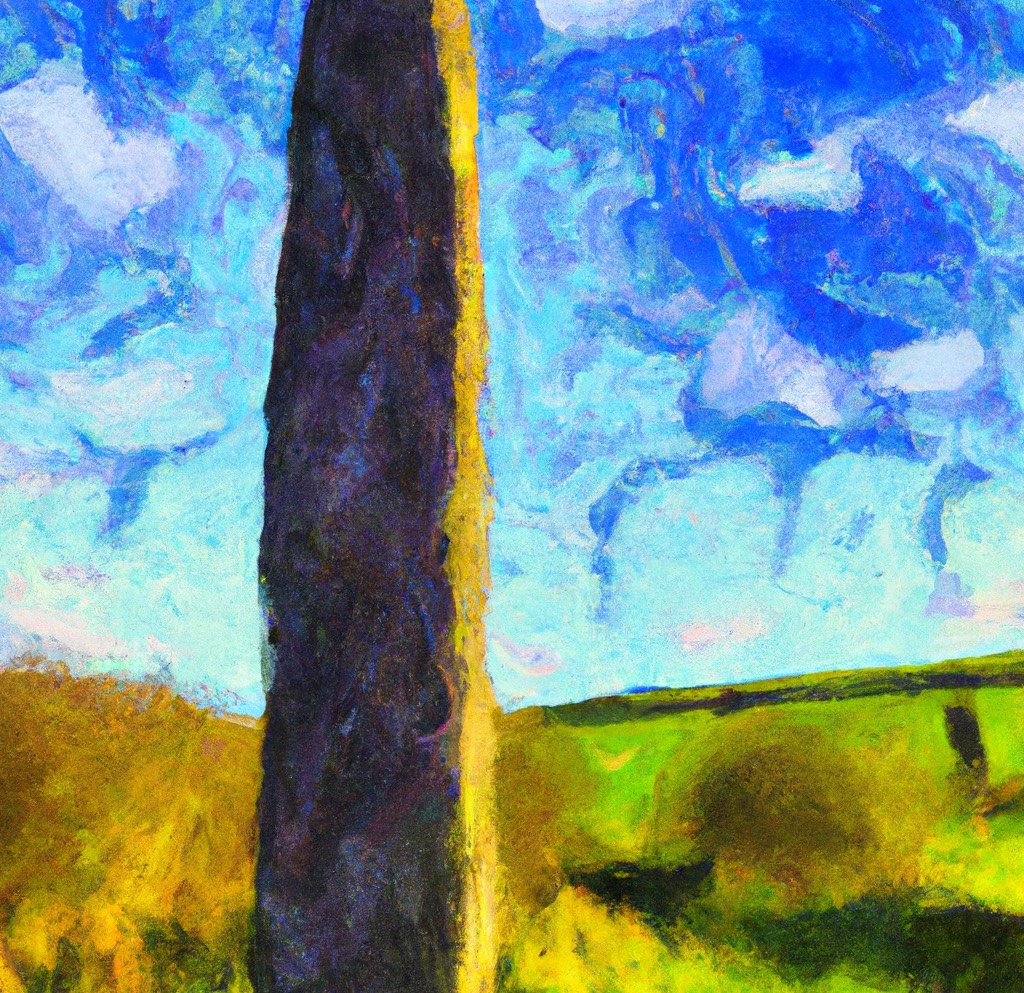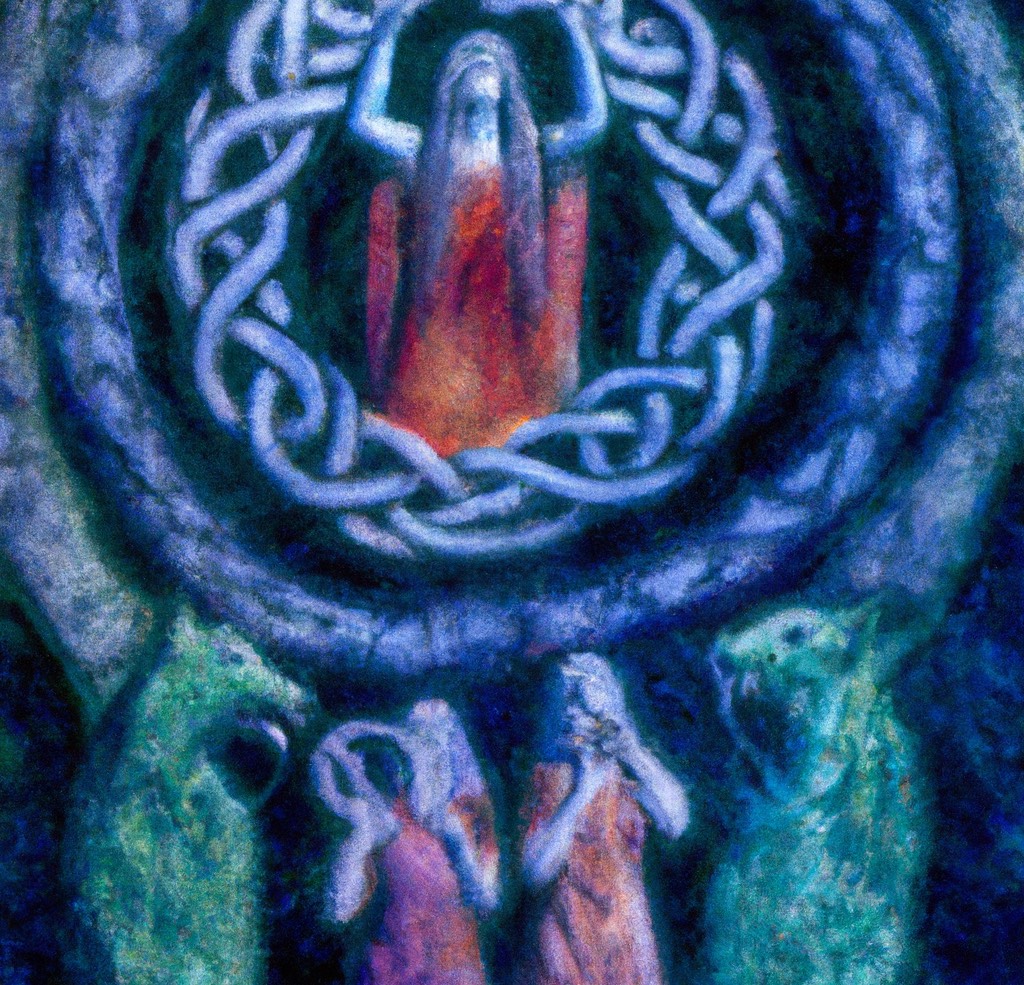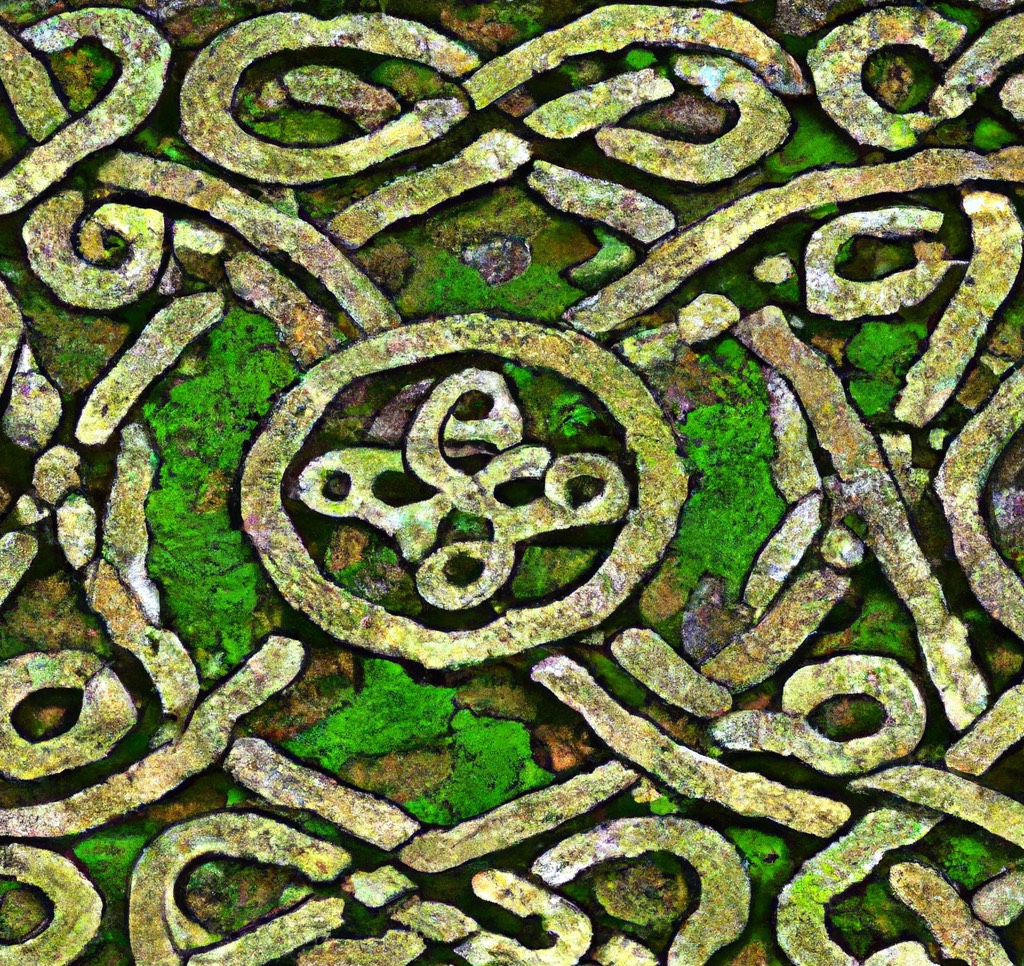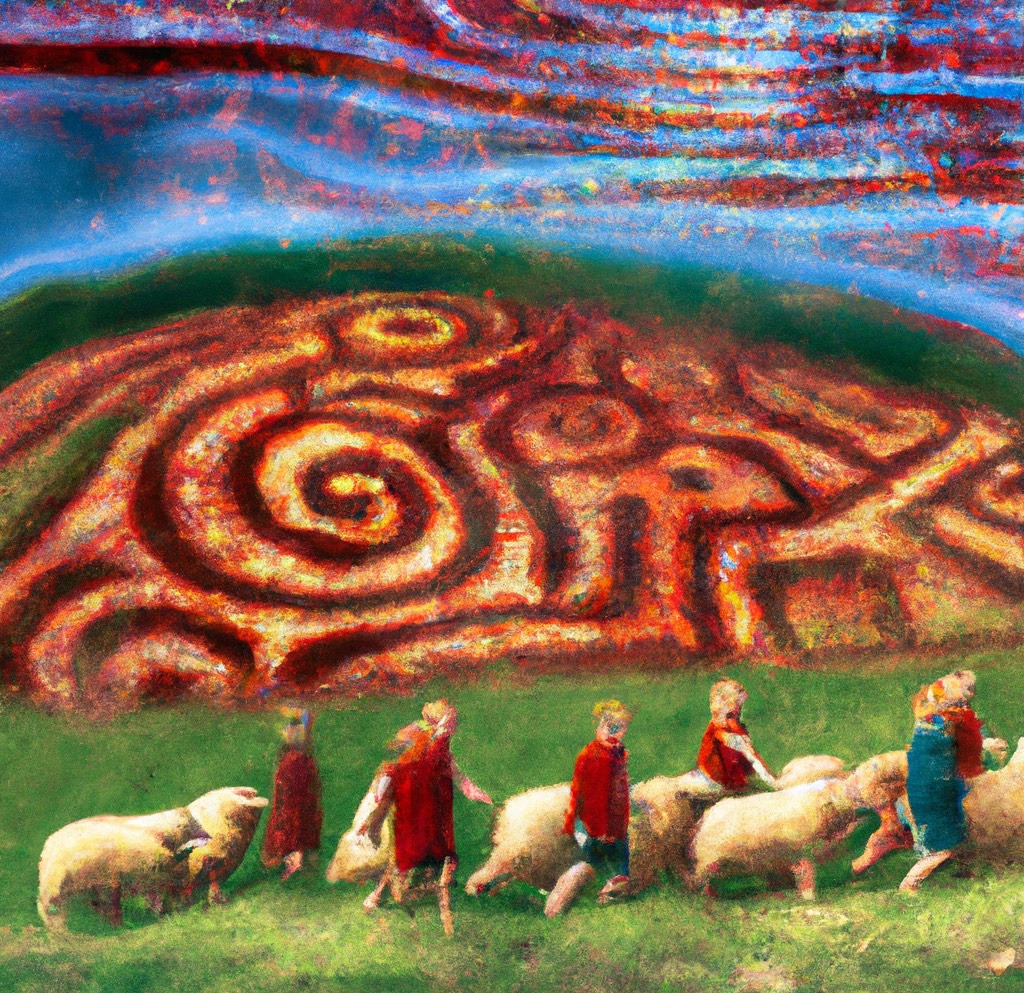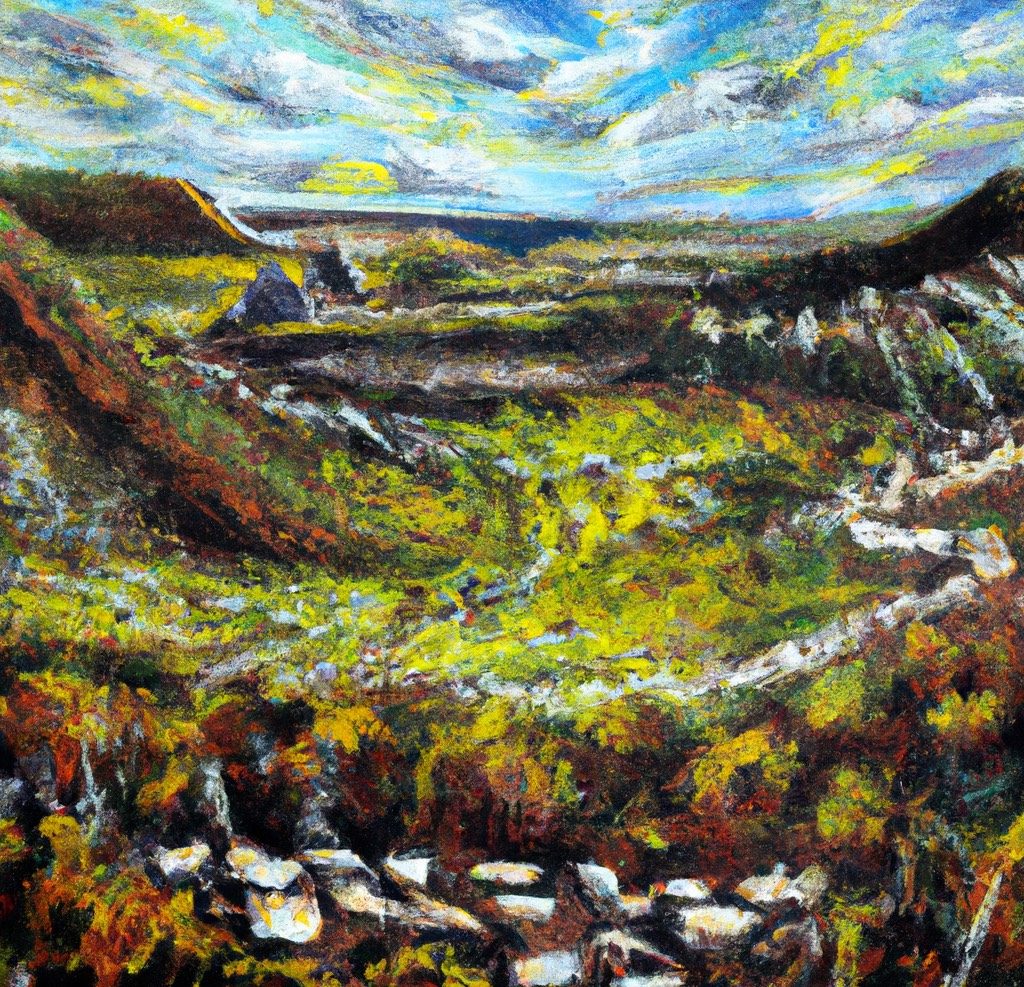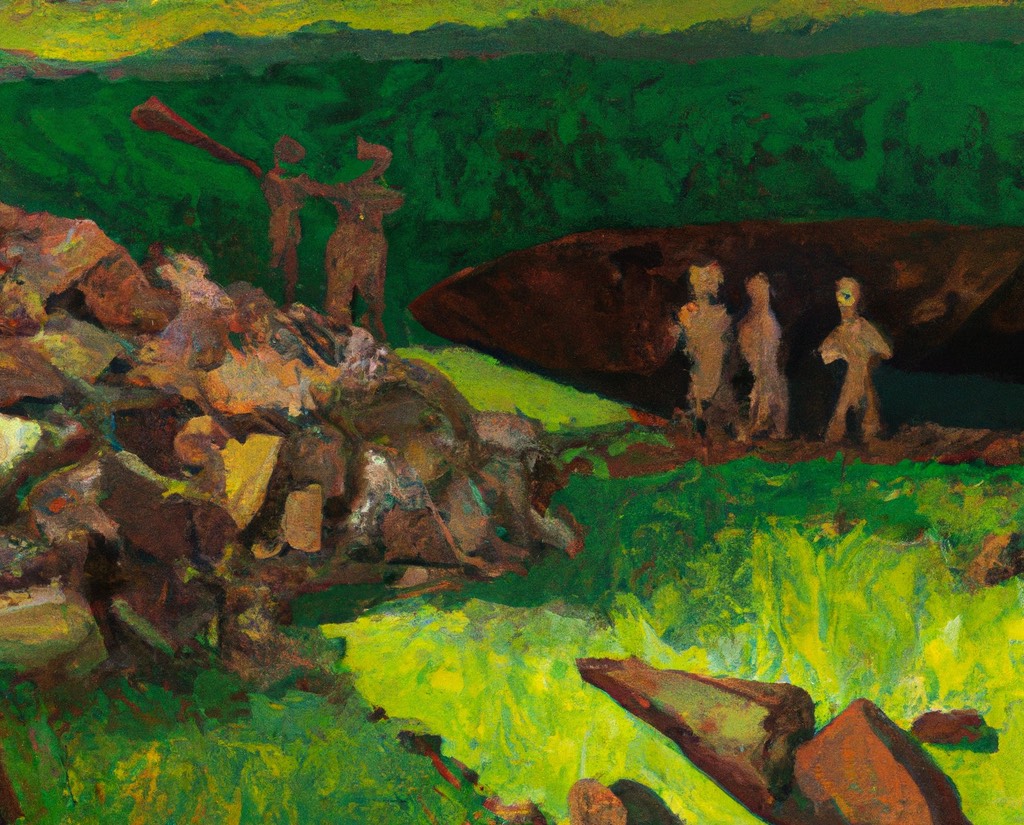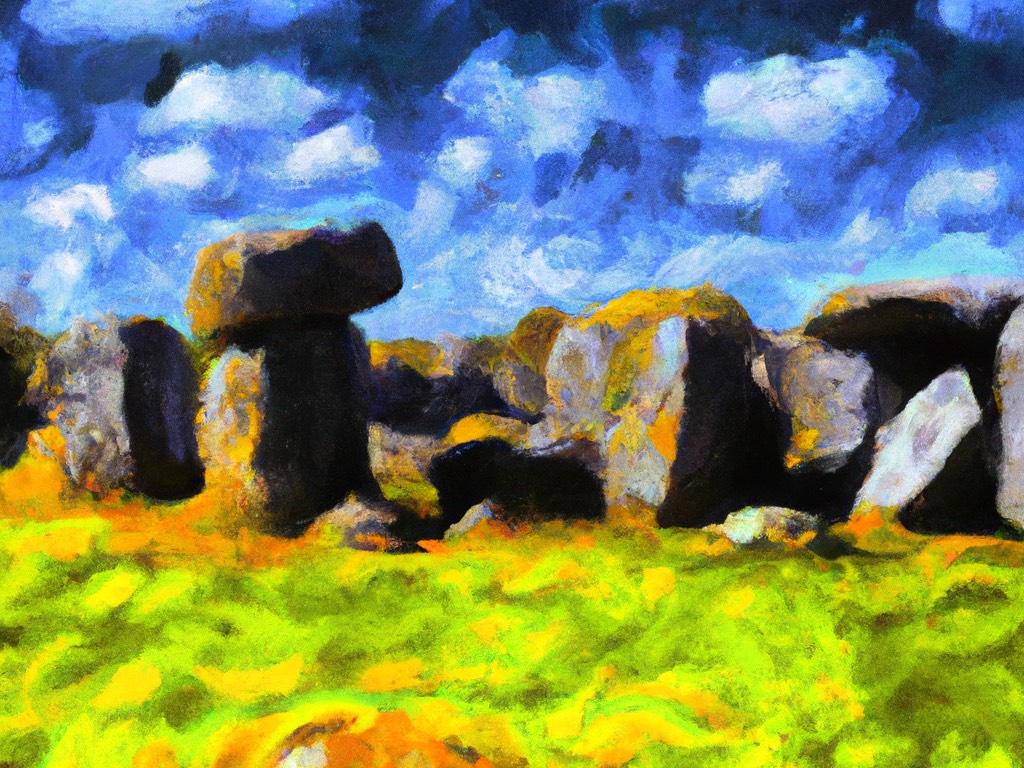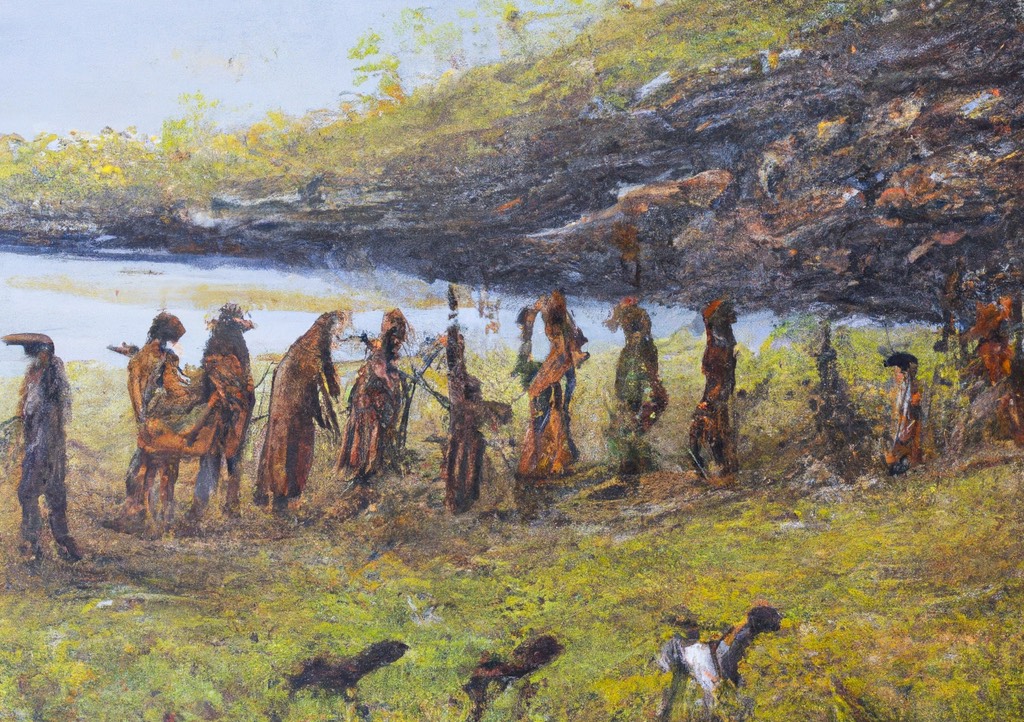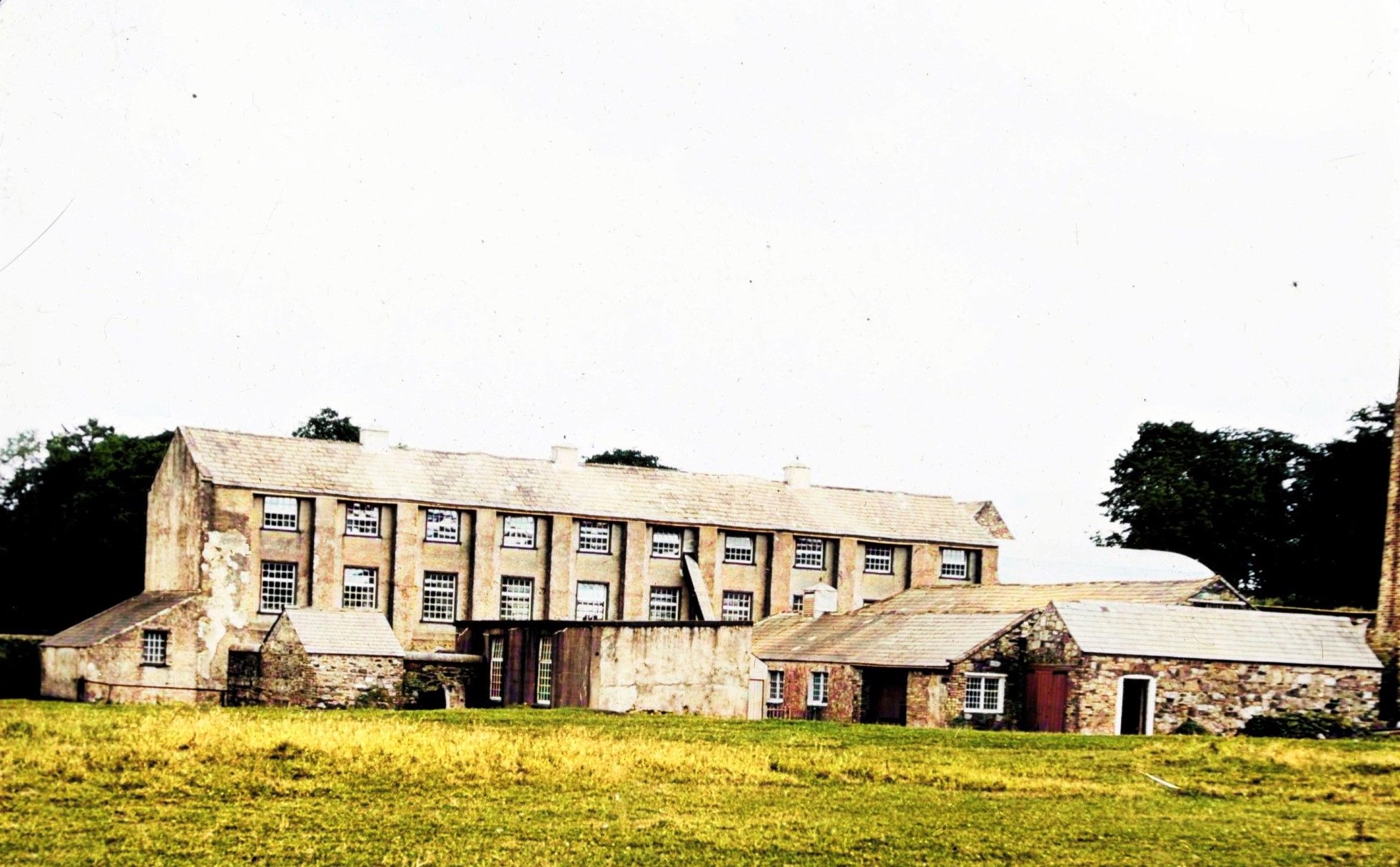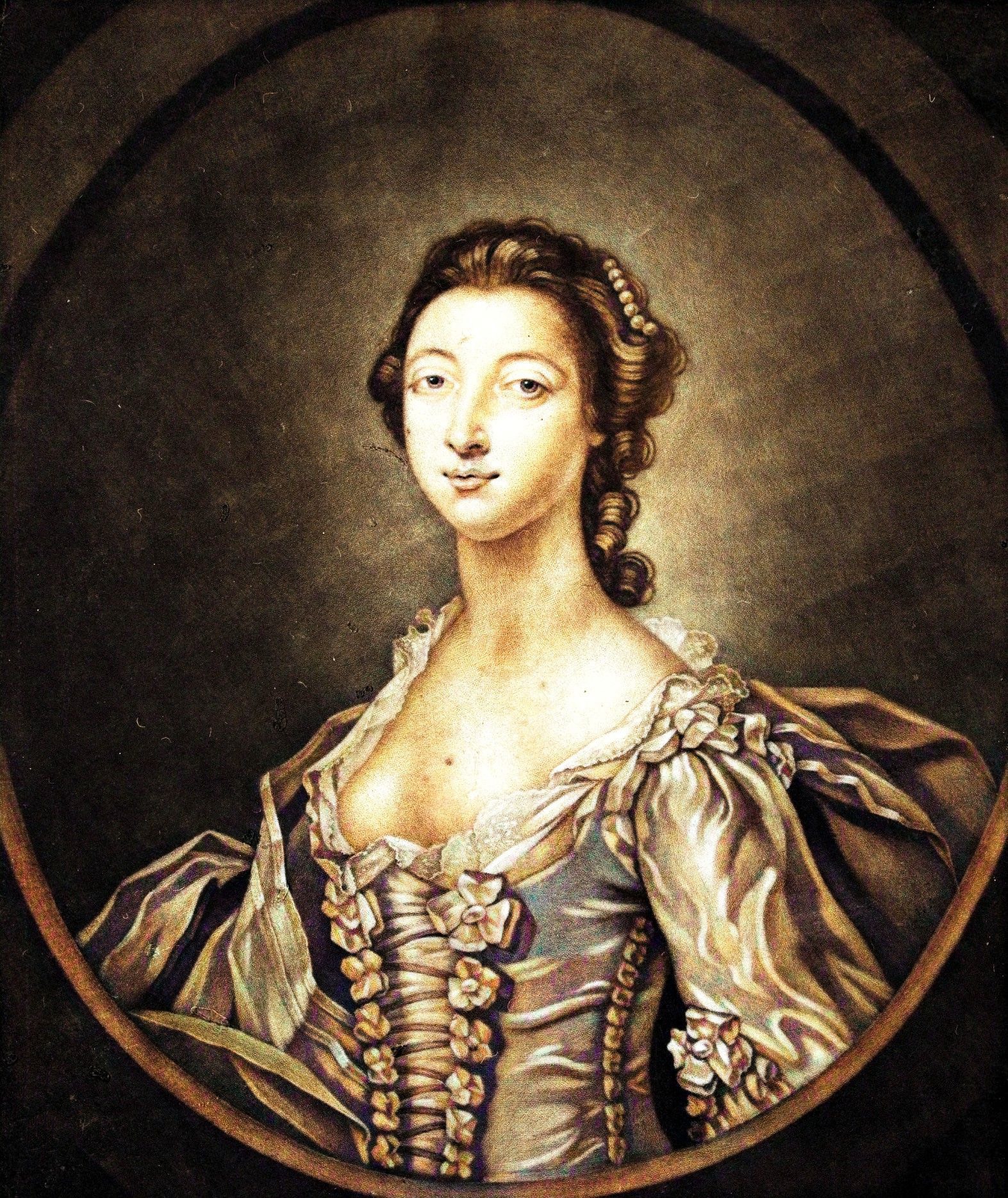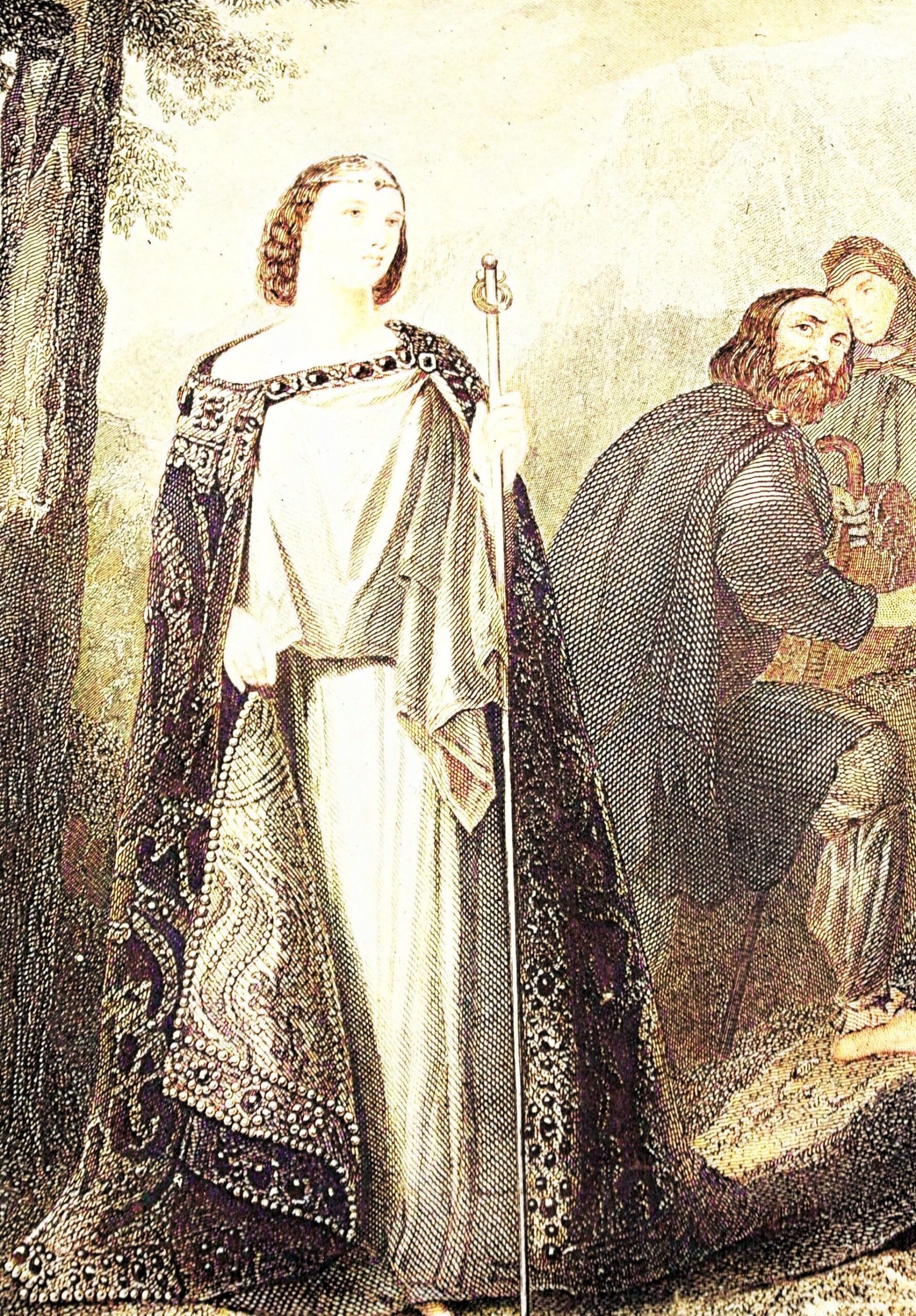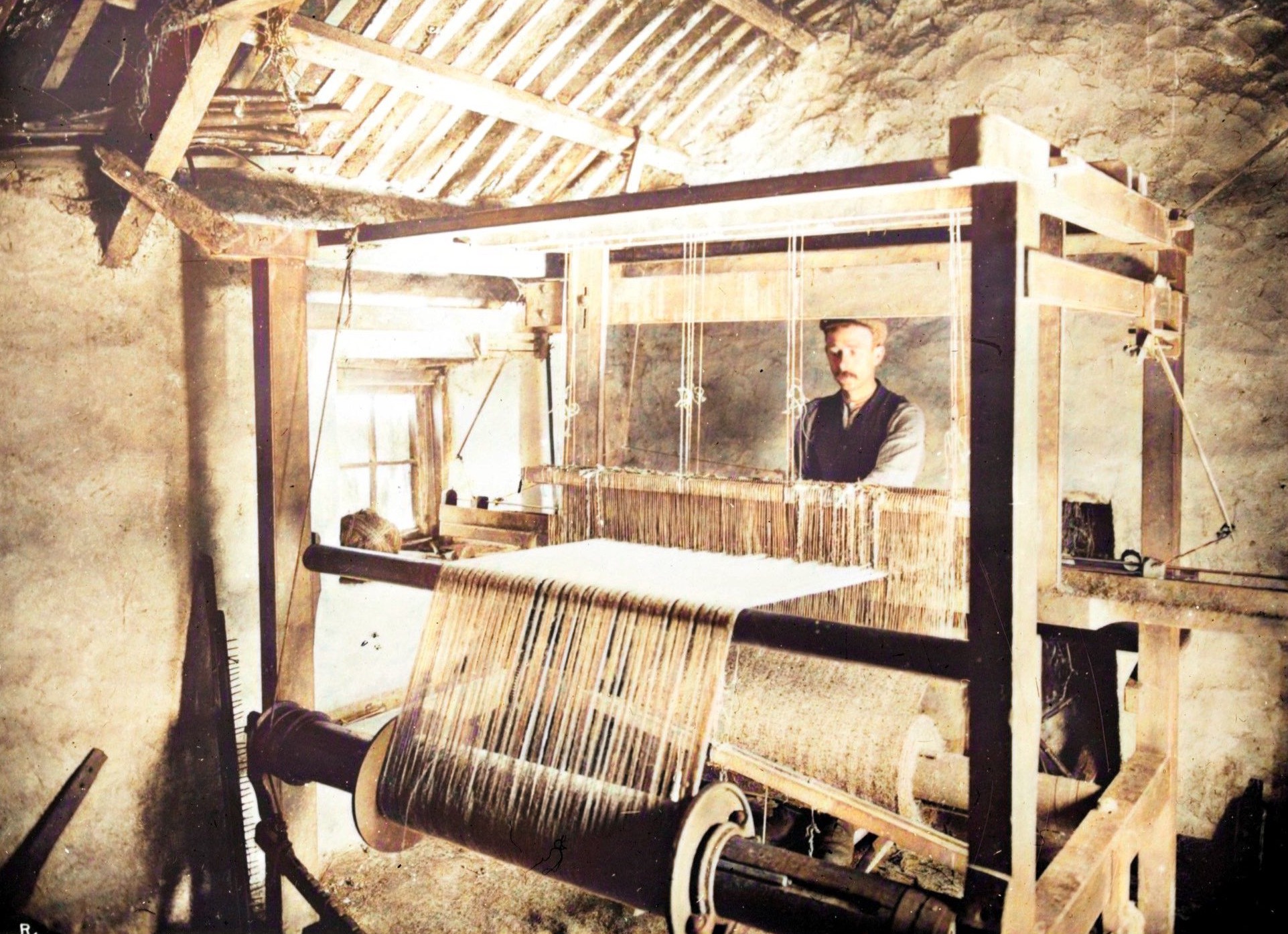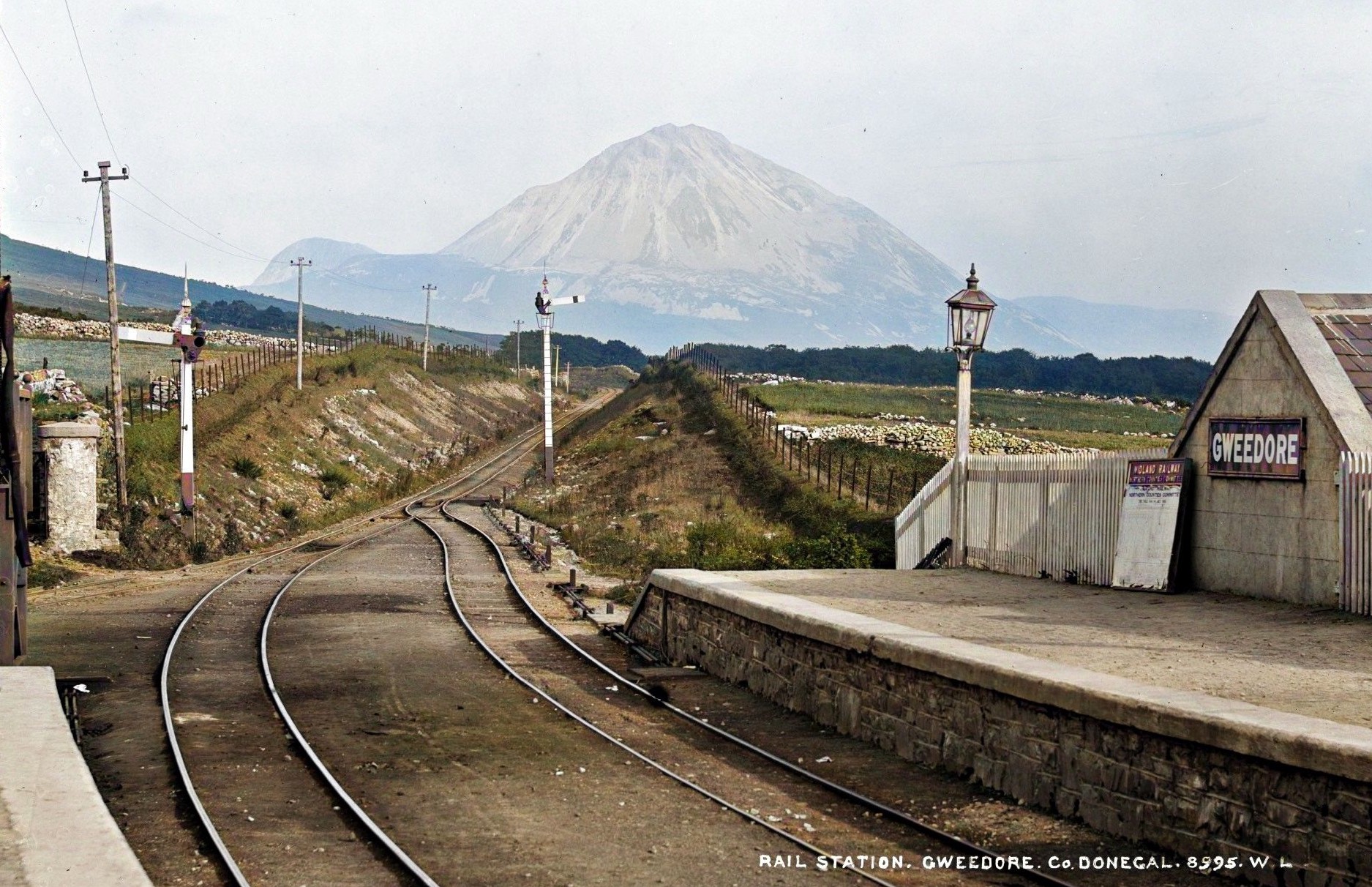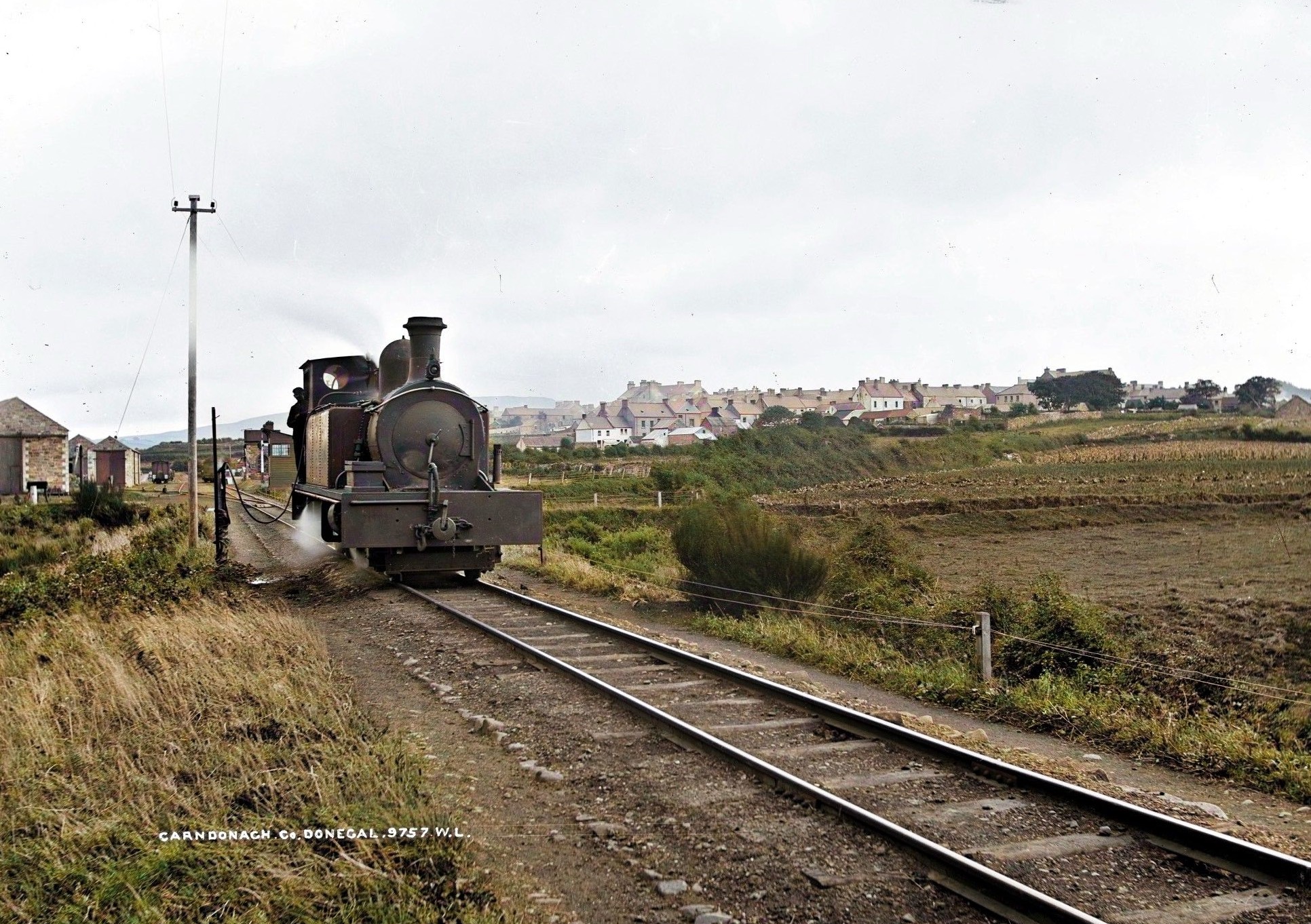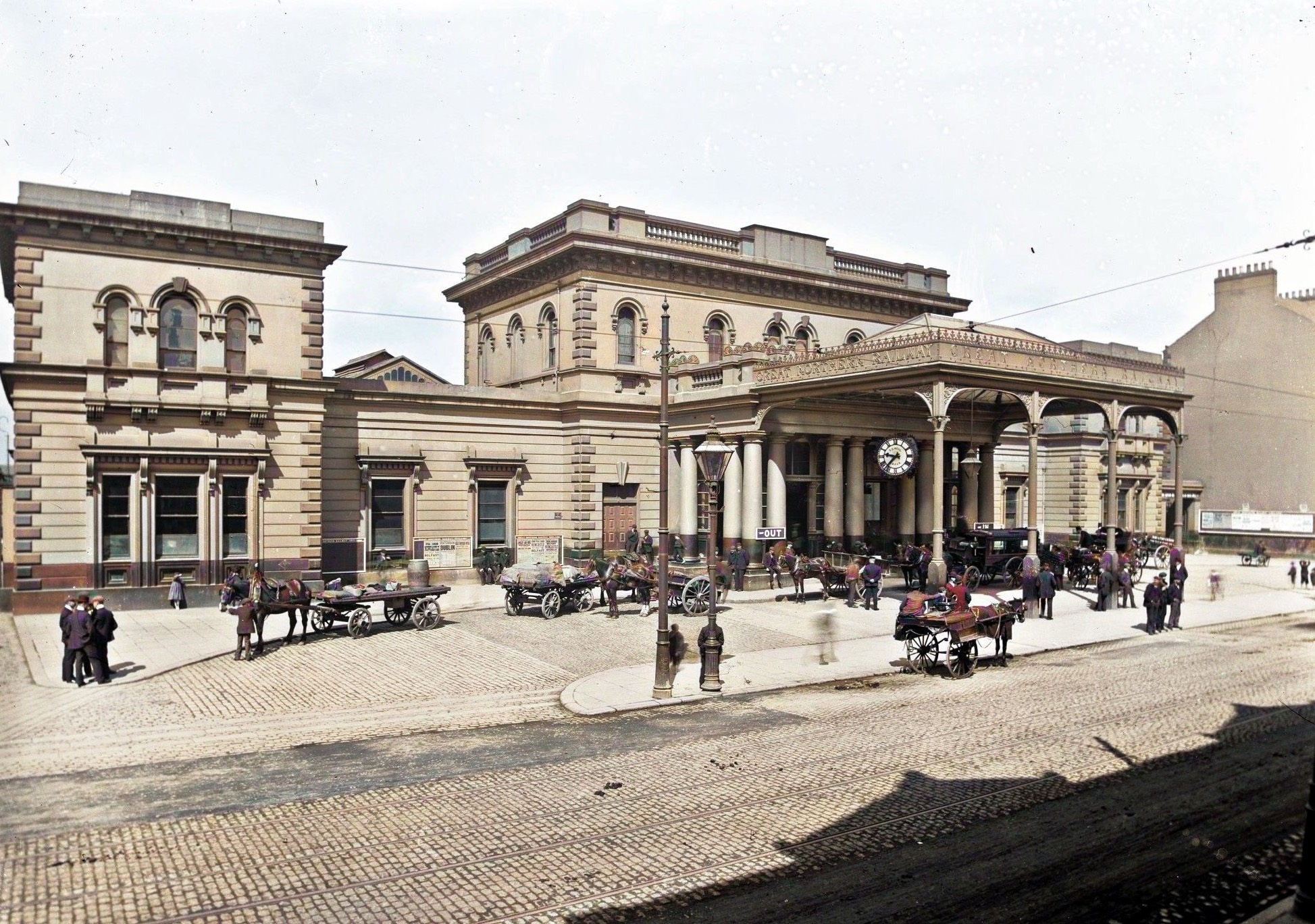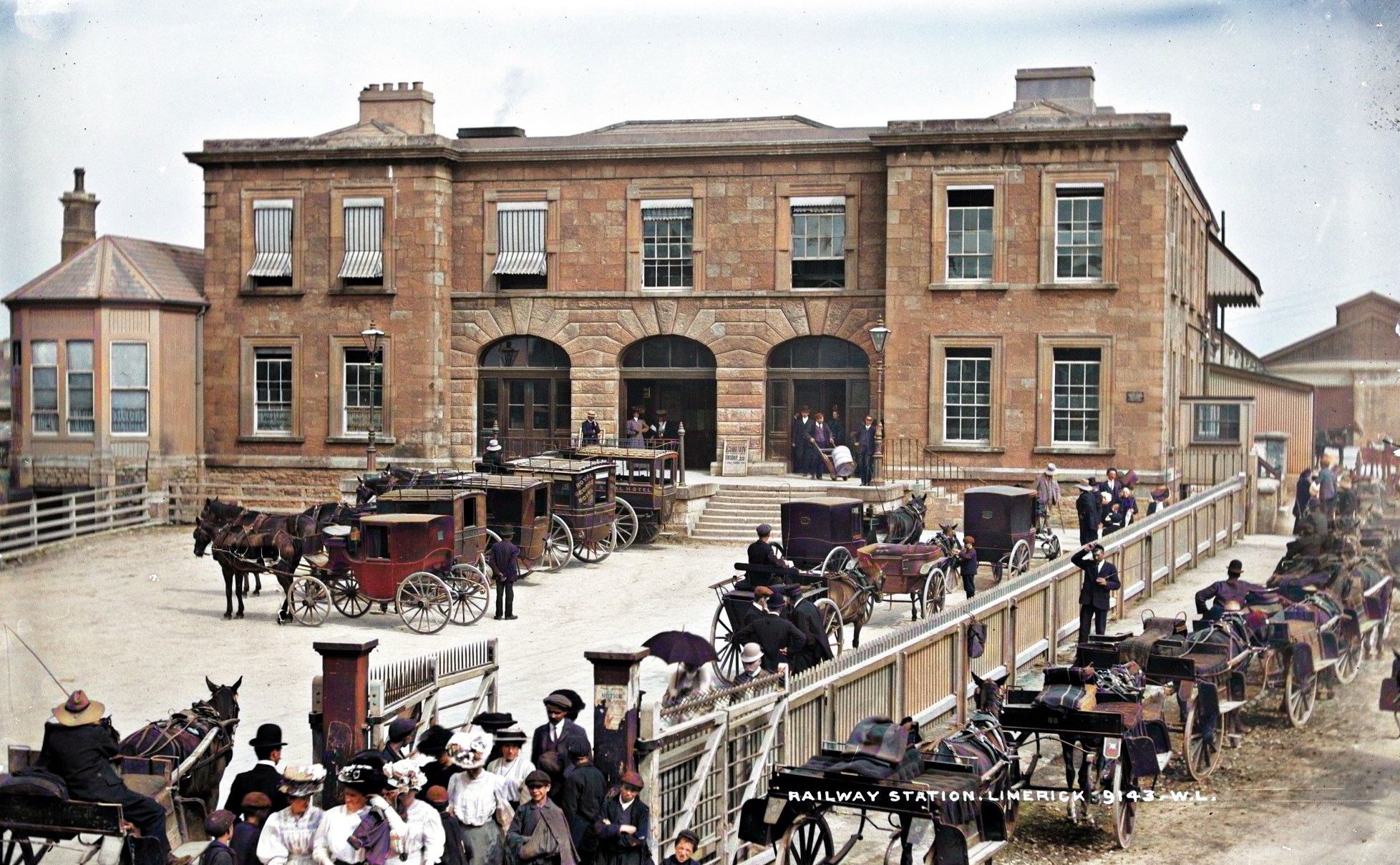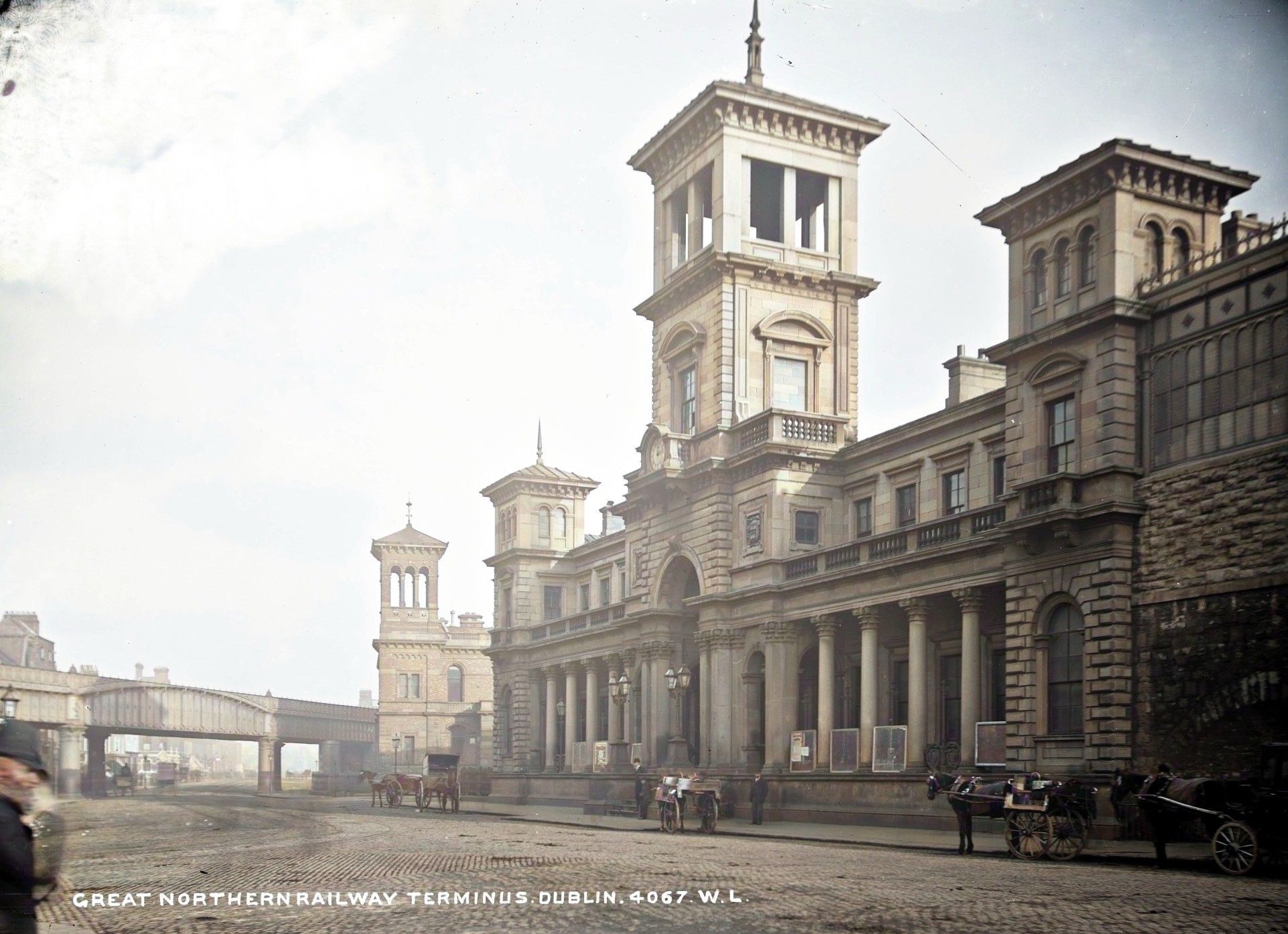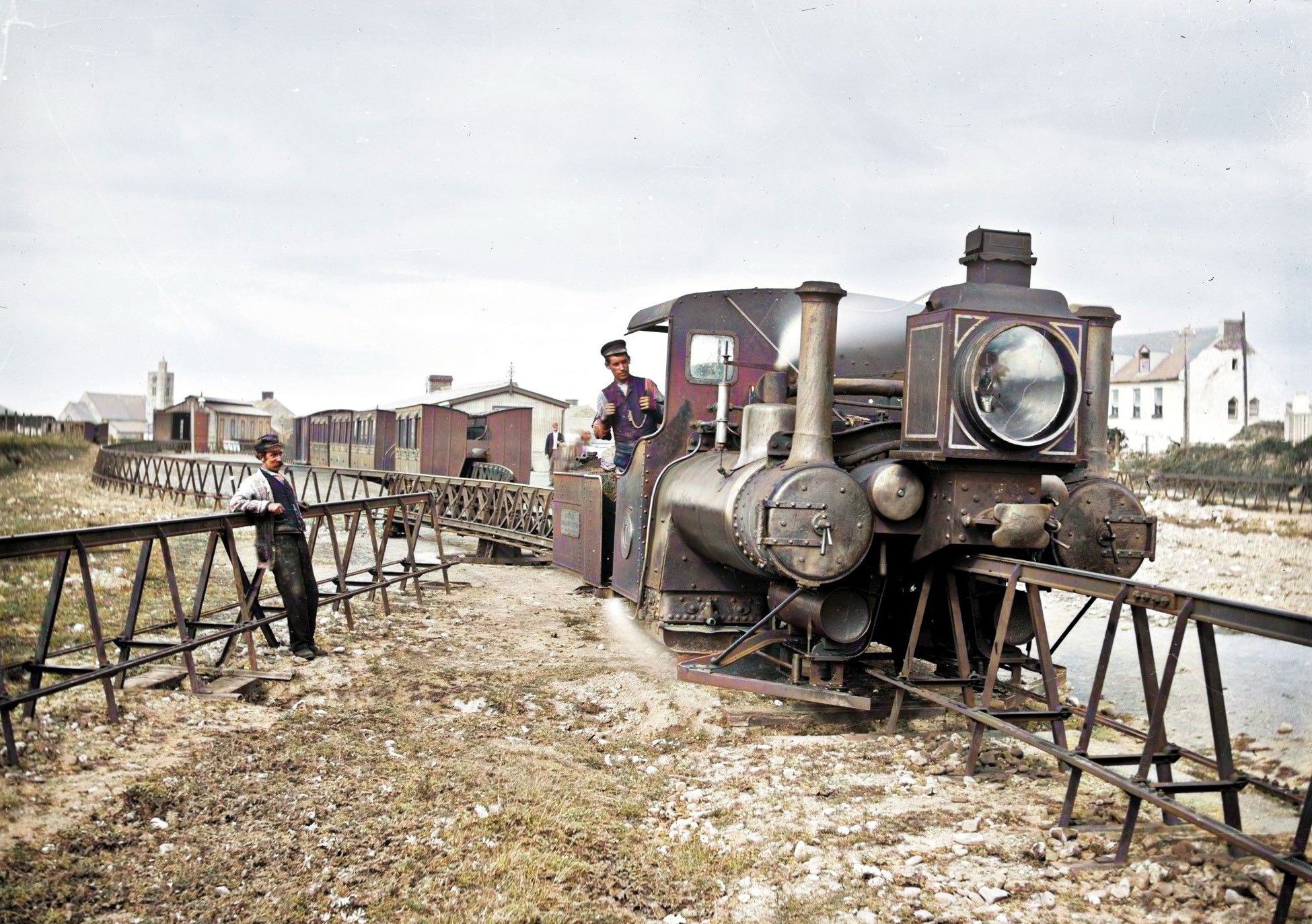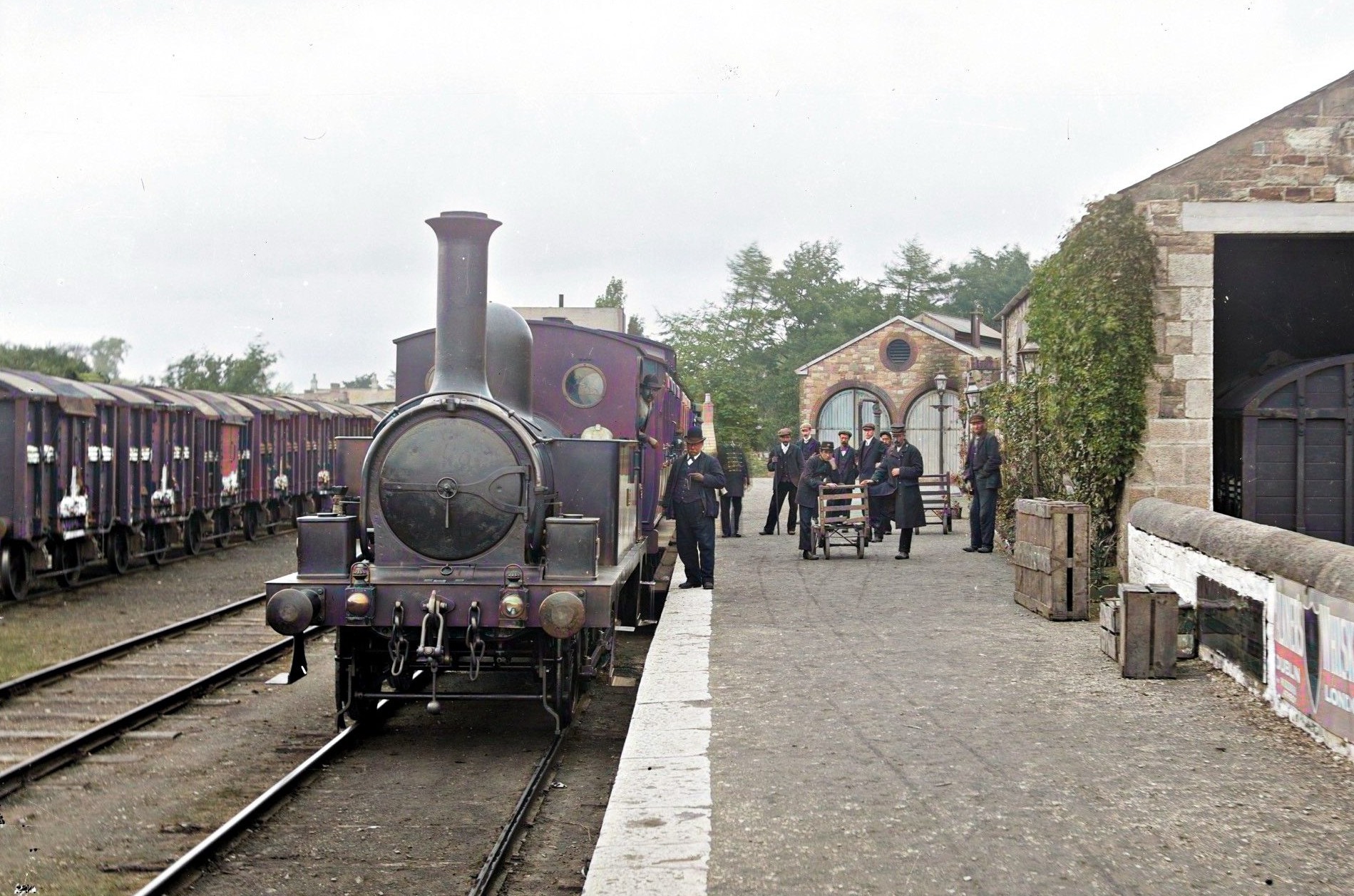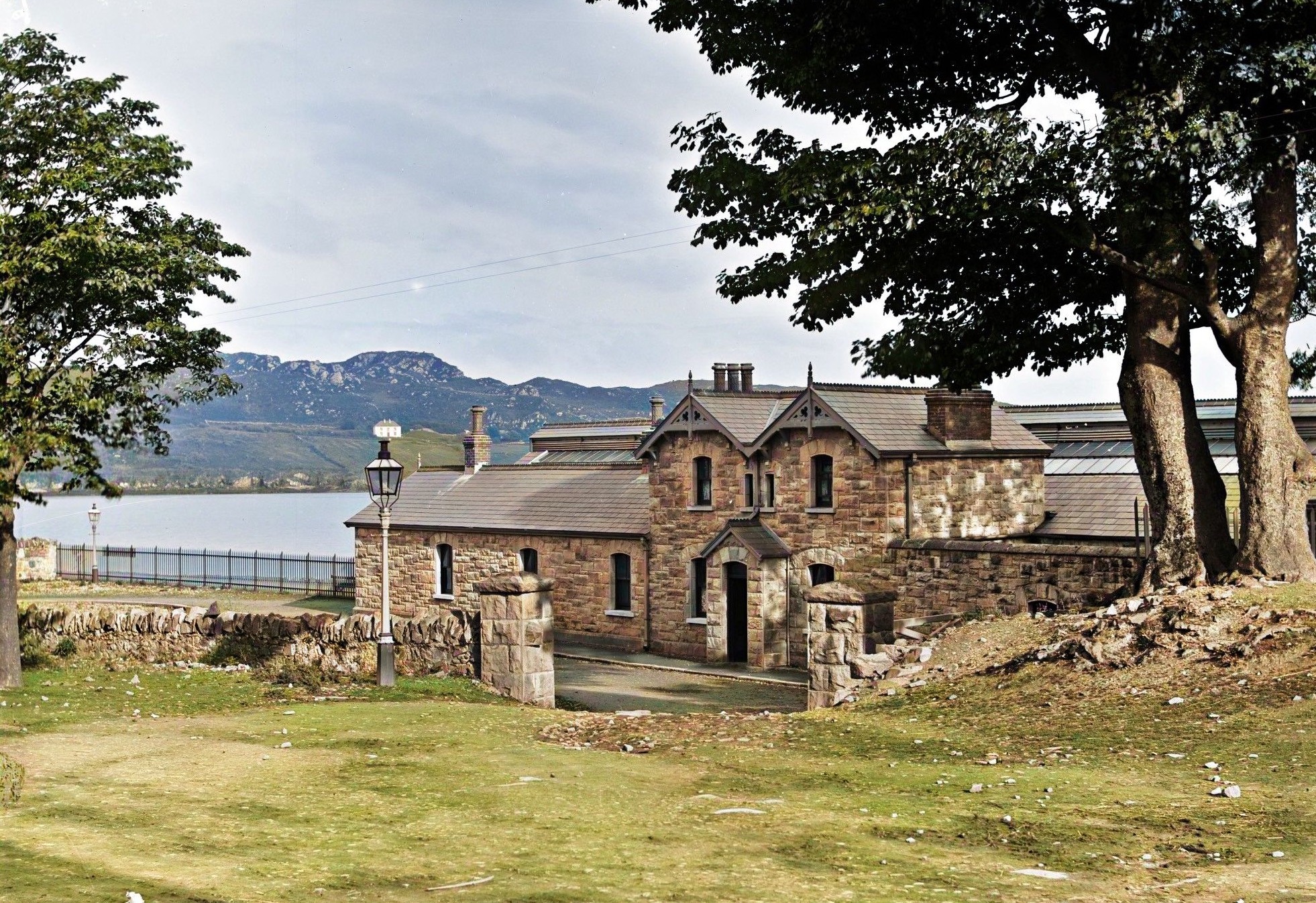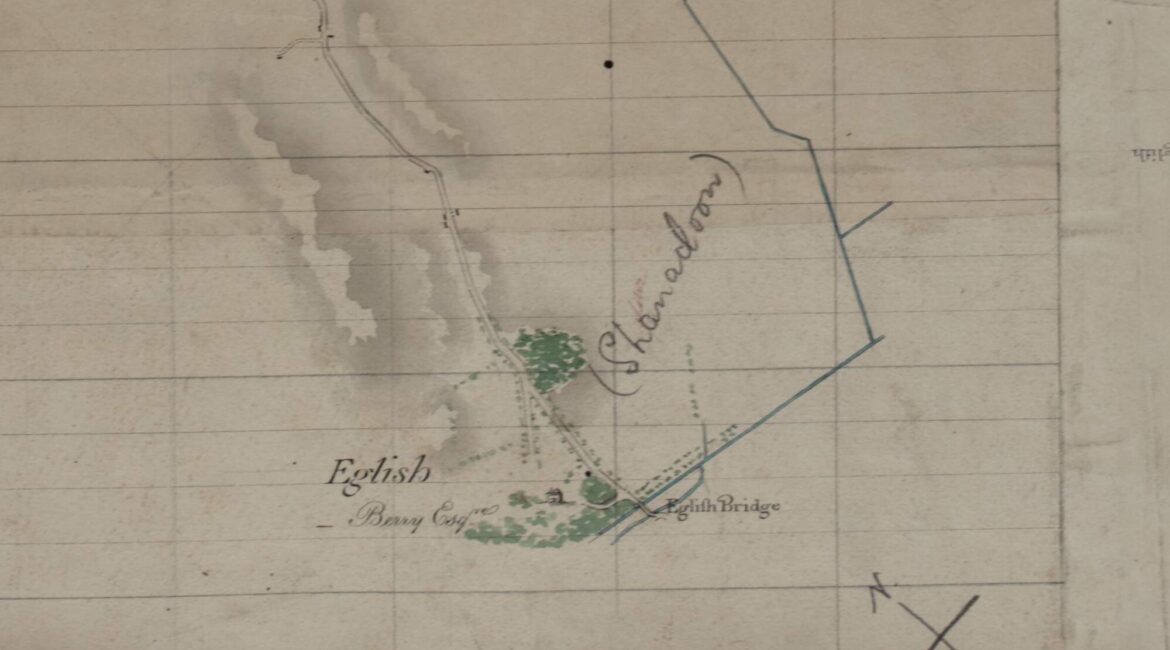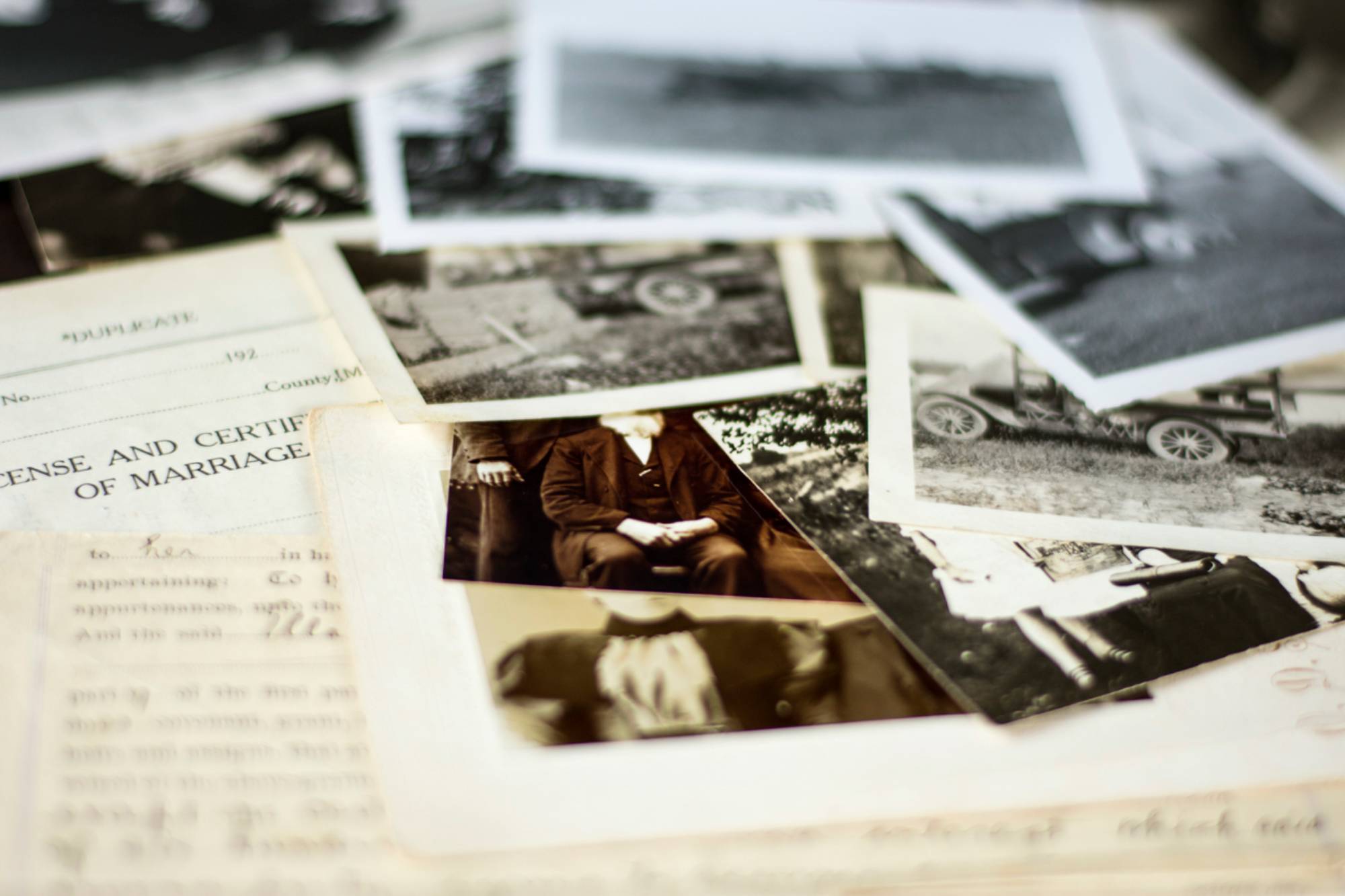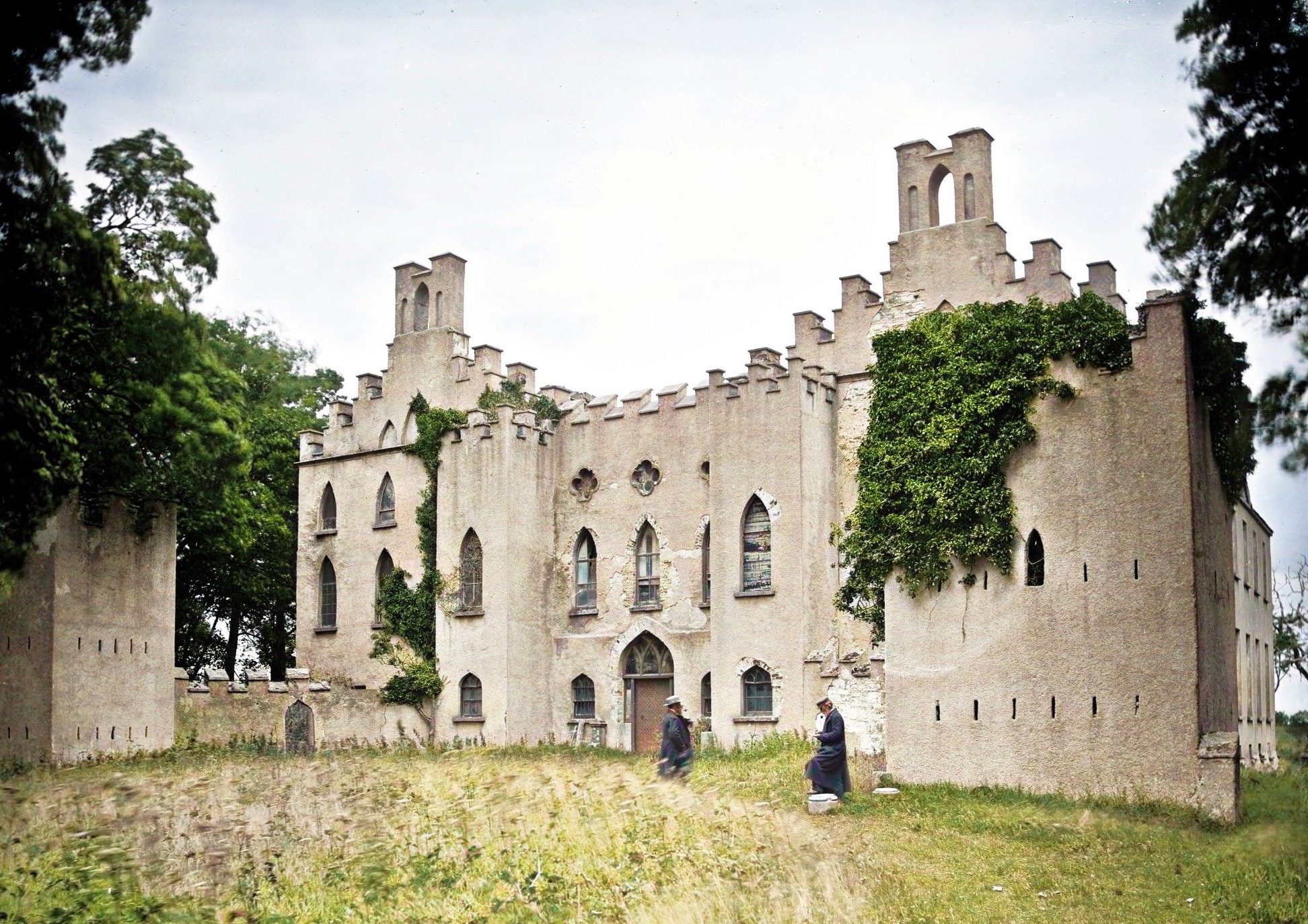The High Kingship of Ireland, a title of profound honor and respect, stands as a unique blend of myth, legend, and reality. These figures, often painted larger than life in tales and sagas, have been central to Ireland's understanding of its past, shaping its identity and national pride. Legendary Beginnings...
Brian Boru: The High King Who United Ireland and Defeated the Vikings
Brian Boru stands as one of Ireland's most iconic historical figures. His life and legacy, marked by impressive achievements, battles, and diplomacy, saw him rise to become a High King who played a pivotal role in uniting Ireland and challenging the Viking presence. Early Life and Rise to Power Birth...
The High Kingship of Ireland: Origins, Powers, and the Seat at Tara
The concept of a High King – a single ruler holding sway over multiple territories – is not unique to Ireland. However, the institution of the High Kingship of Ireland, its associated traditions, and its iconic seat at Tara make it a distinctive part of Irish history. Delving into its...
The Integration of Vikings into Irish Society: Trade, Intermarriage, and Cultural Exchange
The Vikings, initially known for their fearsome raids, soon became an integral part of Irish society. Over time, their relationship with the native Irish transitioned from conflict to cooperation, laying the foundation for a rich tapestry of cultural, economic, and social exchanges. The Initial Viking Raids and the Shift to...
Viking Burials and Artifacts in Ireland: Insights into Norse Culture
Ireland's rich tapestry of history intertwines with the Norsemen's invasions and settlements, spanning several centuries. Delving into Viking burials and artifacts unearthed on Irish soil not only illuminates the cultural and societal facets of these Scandinavian warriors but also sheds light on their symbiotic relationship with the native Irish. Viking...
The Founding of Viking Cities: Dublin, Waterford, Limerick, and Cork
Dublin: The Epicenter of Viking Activity Early Raids and Settlement The saga of Dublin's Viking roots began as early as the late 8th century when Norse raiders first arrived. Over the next few decades, what started as sporadic raids evolved into stable settlements, culminating in the establishment of Dubh Linn...
The Arrival of the Vikings in Ireland: Raids, Settlements, and Conflicts
Ireland, with its intricate history, became the focus of Nordic adventurers during the late 8th century. The Vikings, as these seafarers were called, made a lasting impact on Ireland's landscape, politics, and culture. Initial Viking Raids: The Dawn of a New Threat The first recorded Viking raid in Ireland took...
The Celtic Ogham Alphabet: History, Usage, and Significance
Among the most distinctive features of Celtic heritage is the Ogham alphabet, a script that adorned ancient Irish stones and manuscripts. Representing an early form of the Irish language, the Ogham script offers invaluable insights into ancient Celtic culture and communication. Origins and History: Ogham's Mysterious Beginnings Ogham is believed...
Celtic Religion and Mythology: Gods, Goddesses, and the Otherworld
Celtic religion and mythology, steeped in mystery and reverence for nature, have intrigued scholars and enthusiasts for centuries. The rich tapestry of tales, deities, and spiritual beliefs provides insights into how the ancient Celts perceived the world and their place within it. Primary Sources: Deciphering the Ancient Beliefs Most knowledge...
Celtic Art in Ireland: The La Tène Style and Its Legacy
Ireland, with its rich tapestry of history, has long been a focal point for artistic expression. Among the most notable influences in its artistic timeline is Celtic art, particularly the La Tène style. Spanning from approximately 450 BC to the Roman conquests, La Tène artistry is characterized by intricate designs,...
The Celts in Ireland: Origins, Culture, and Society
The Celts, a group of tribal societies, left a resounding imprint on Ireland’s cultural landscape. With their arrival, they introduced unique artistry, language, and societal frameworks. Tracing their origins and delving into their societal makeup offers a deep understanding of their influence on Ireland. The Arrival: When Did the Celts...
500BC-400AD The Iron Age in Ireland: Hillforts, Art, and the Arrival of the Celts
Following the Bronze Age, Ireland embarked on a new epoch known as the Iron Age, beginning around 500 BC. This era, distinguished by its dominant use of iron for tools and weapons, heralded significant societal, architectural, and cultural advancements. Most notably, the Iron Age marked the arrival of the Celts,...
2400-500BC The Bronze Age in Ireland: Metalworking, Trade, and the Emergence of a Complex Society
The Bronze Age, spanning from approximately 2500 BC to 500 BC in Ireland, ushered in an era of unparalleled advancements. Characterized by the introduction and widespread use of metal, particularly bronze, this epoch saw Ireland transitioning into a society marked by intricate metalworking, expansive trade networks, and burgeoning societal complexities....
4000-2400BC The Neolithic Revolution in Ireland: Farming, Megalithic Monuments, and Society
The Neolithic Revolution marks a transformative period in human history. As people began transitioning from nomadic hunter-gatherer lifestyles to settled agricultural communities, the entire fabric of society underwent a seismic shift. Nowhere is this more evident than in the emerald landscapes of Ireland, where the Neolithic era introduced farming, erected...
8000-4000BC The First Inhabitants of Ireland: The Mesolithic Hunter-Gatherers
Ireland, renowned for its captivating natural beauty, is also a treasure trove of prehistoric wonders. Delving into its ancient past reveals a rich tapestry of human activity, where tales of the first settlers intertwine with the mysteries of long-forgotten times. Prior to the iconic monuments like the Boyne Valley complex...
The History of Swiftbrook Paper Mill, Saggart, Dublin, Ireland
Foundations and Beginnings: The 18th Century Era Established during the captivating era of the 18th century, Swiftbrook Paper Mills first began its paper production journey around 1785. It swiftly became not just an establishment but a cornerstone of the community in Saggart. The intriguing name 'Swiftbrook' is a harmonious blend...
Maria, Countess of Coventry: A Beacon of 18th Century Glamour
In the annals of British aristocracy, few figures shone as brightly and briefly as Maria, Countess of Coventry, née Gunning. Born in 1733 and departing in 1760, Maria's mesmerizing beauty and tragic story make her an iconic figure of 18th-century glamour. This article unveils her journey, from her roots in...
The Irish Walking Cape: History, Function, and Fashion
The Irish walking cape, an emblematic piece of attire deeply woven into Ireland's sartorial and cultural fabric, has transcended its traditional confines to become a global fashion statement. This garment, characterized by its sweeping length, wide collar, and full-circle design, not only showcases the rich history of Irish attire but...
Donegal Tweed Weaving in Donegal, Ireland: A Rich Tapestry of Tradition
The verdant landscapes, rugged coastline, and Gaelic traditions of Donegal, Ireland, have inspired tales of wonder and history. Central to this historical tapestry is the evolution of Donegal Tweed weaving, a craft that encapsulates the very essence of the region. Woven into the fabric are not just threads, but stories...
Gweedore Railway Station, Donegal: A Chapter from Ireland’s Railway History
The intricate web of Ireland's railway network, winding its way through the nation's scenic landscapes, is steeped in history. One of its most compelling tales belongs to the Gweedore Railway Station in Donegal. Let's delve into the factual chronicles of this station, from its inception to its ultimate closure. The...
The History of Carndonagh Railway Station, Donegal, Ireland
The railways have long held a special place in the heart of history enthusiasts, and Ireland is no exception with its intricate network of tracks that weave tales of yesteryears. Among these, the Carndonagh Railway Station in Donegal stands out, beckoning with its echoes of a time gone by. Origins...
Great Victoria Street Station, Belfast: A Mosaic of Railways and Urban Evolution
Nestled in the core of Belfast, Great Victoria Street Station is more than just a transport hub; it's a living tapestry woven with tales of railway marvels, urban growth, and historical pivots. As we journey back in time, we uncover the myriad of details that make the Great Victoria Street...
Colbert Station, Limerick, Ireland: A Railway Odyssey
Limerick's Colbert Station stands as an emblem of the city's storied past, its evolution, and its centrality in the interconnected web of Ireland's railway network. A historic landmark and transport hub, Colbert Station has witnessed the comings and goings of countless individuals, making it not just a railway station, but...
Connolly Station, Dublin, Ireland: A Historic Railway Landmark
The heart of Dublin city beats in rhythm with the pulsing locomotives and throngs of passengers that have flowed through Connolly Station for over a century. Serving as one of the principal railway stations in Dublin, Connolly Station holds a pivotal place in Ireland's railway history. This article will take...
The Lartigue Monorail, Listowel, Ireland: A Revolutionary Rail Story
Railway systems across the world have evolved to adapt to specific terrains, economic pressures, and technological advancements. In the heart of Ireland, the Lartigue Railway Station and its iconic monorail system have etched a mark that stands out in the annals of railway history. Serving as the world's first monorail...
Athboy Railway Station, Co. Meath, Ireland: A Historical Overview
Origins and Context of Athboy Railway Station Why Athboy Railway Station was Built The late 19th century was an era of rapid expansion for railways across Ireland. Athboy, located in County Meath, was no exception. The drive to build Athboy Railway Station stemmed from a need to connect this rural...
Killybegs Railway Station, Co. Donegal, Ireland: A Historical Overview
Origins and Context Killybegs Railway Station was a significant part of the Donegal Railway network. Established to connect the major fishing port town of Killybegs with broader regions, the station facilitated efficient movement of both passengers and goods. The impetus behind the establishment of a railway connection to Killybegs lay...
Eglish Castle, Eglish, Offaly, Ireland
Nestled in the heart of Ireland's midlands, Eglish Castle stands as a testament to the rich and tumultuous history of the Emerald Isle. Located near the town of Fivealley in County Offaly (formerly known as King's County), the castle has witnessed the rise and fall of Gaelic clans, the arrival...
Understanding Irish Surname Prefixes: Ni, Nic, and Ui
Irish history and genealogy are deeply intertwined with the nation's unique linguistic heritage. If you've delved into your Irish ancestry, you might have encountered surnames with prefixes like Ni, Nic, and Ui. These prefixes are gateways into understanding familial lineage, historical contexts, and the beautiful intricacies of the Irish language....
Unveiling the Rich History and Heritage of Castle Caldwell, Co. Fermanagh, Northern Ireland
Located in County Fermanagh, Northern Ireland, Castle Caldwell is a historical gem that stands as a testament to the rich history and heritage of the region. Set against the stunning backdrop of Lough Erne, Castle Caldwell has a captivating past that spans over four centuries. This article will provide an...

